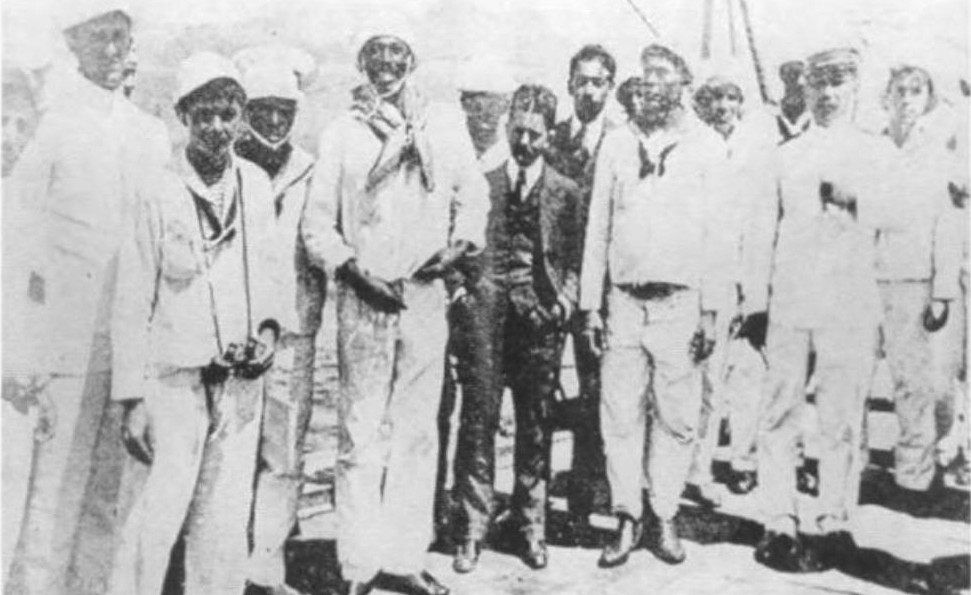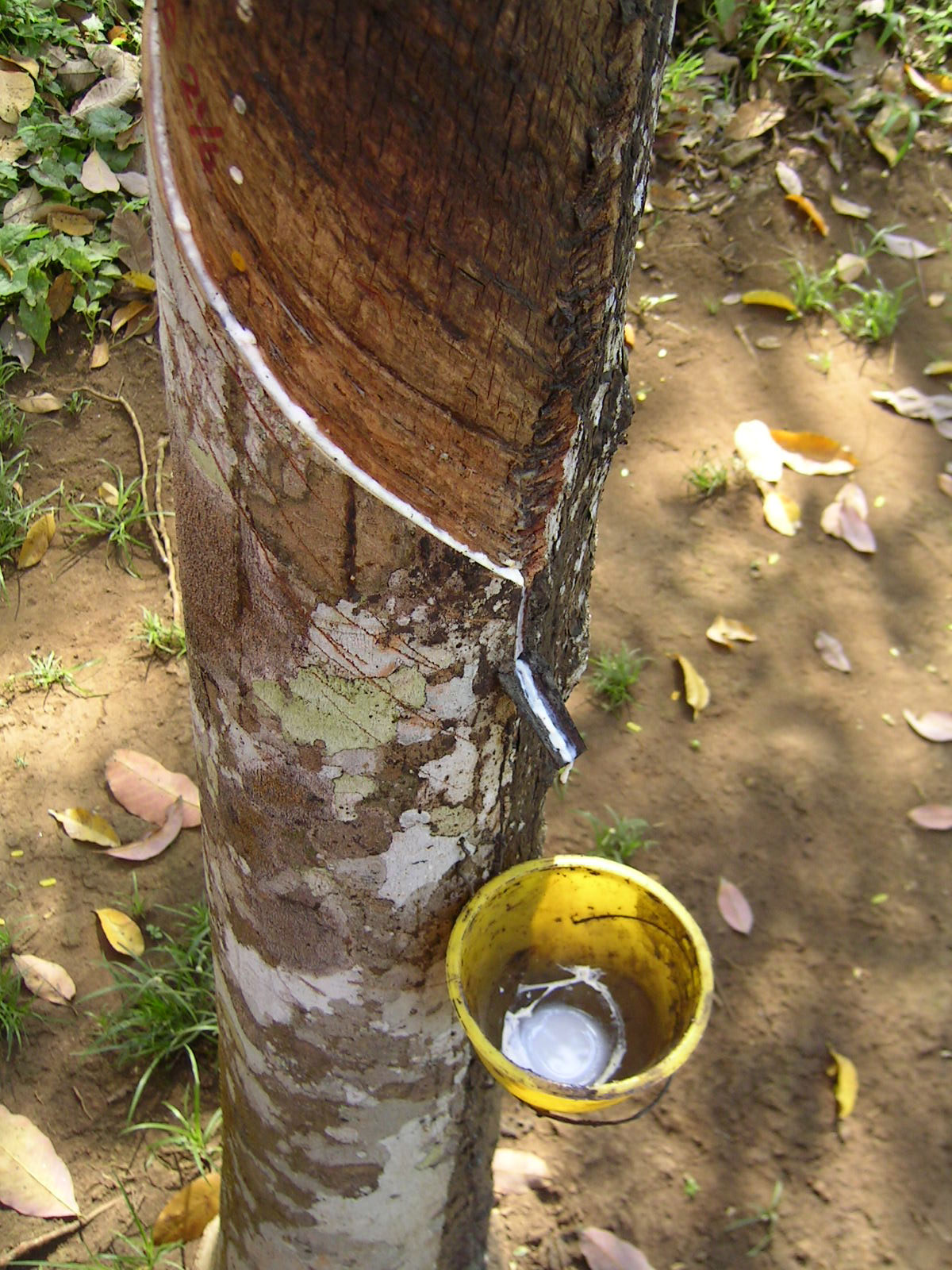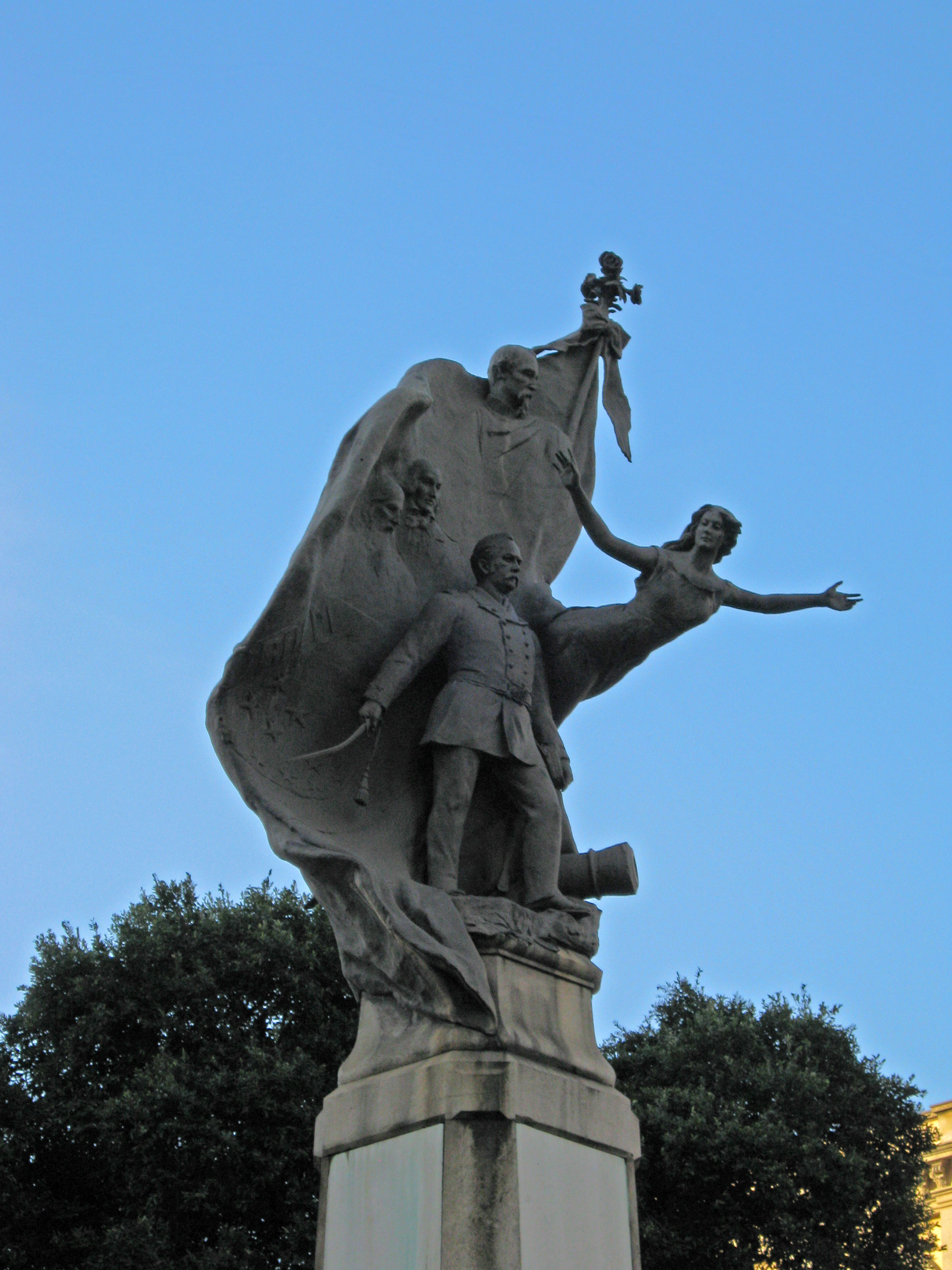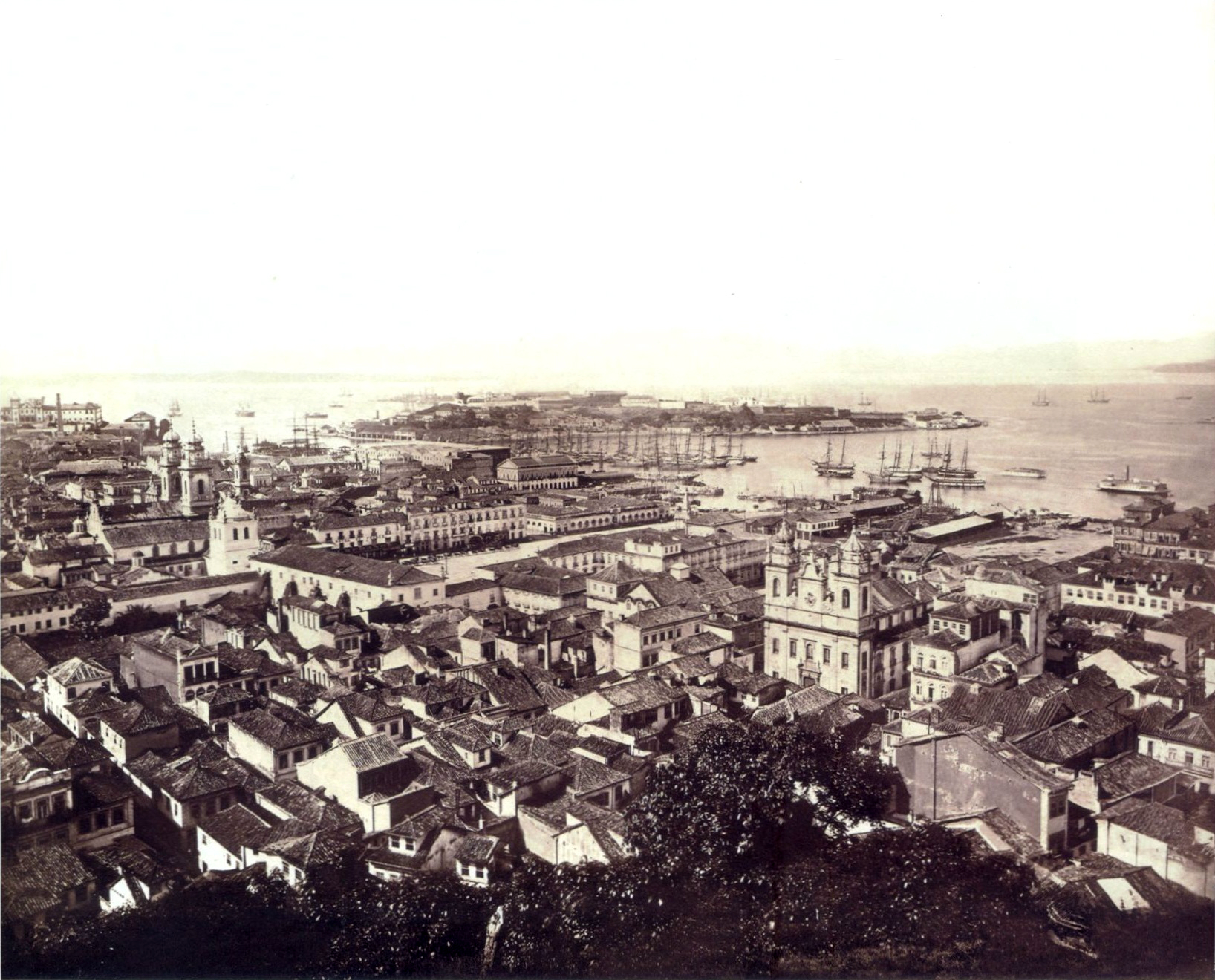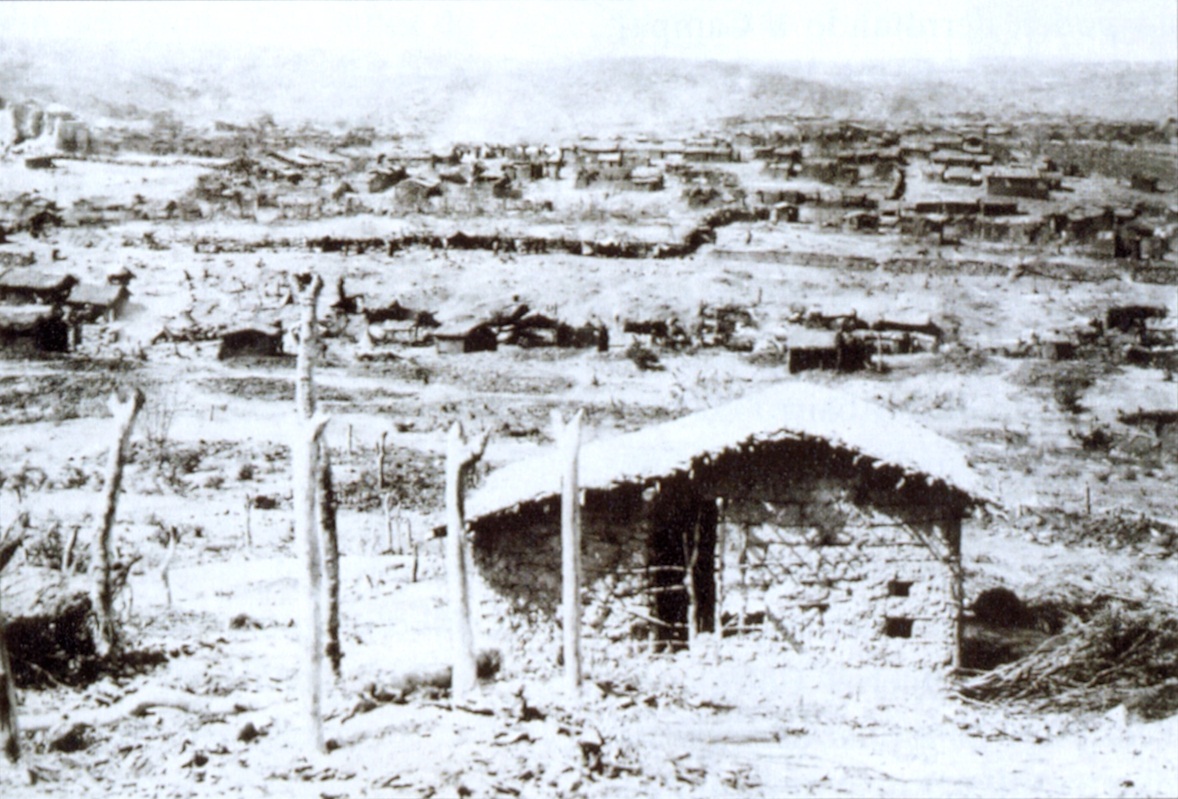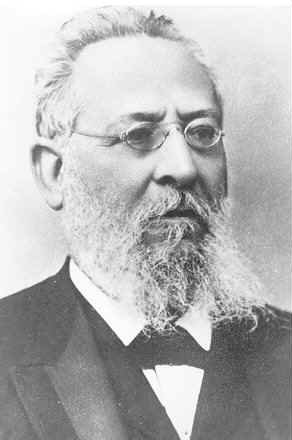|
Revolt Of The Lash
The Revolt of the Lash () was a naval mutiny in Rio de Janeiro, Brazil, in late November 1910. It was the direct result of the use of whips ("lashes") by white naval officers when punishing Afro-Brazilian and mixed-race enlisted sailors. At the beginning of the new century rising demand for coffee and rubber enabled Brazilian politicians to attempt to transform their country into an international power. A key part of this would come from modernizing the Brazilian Navy, which had been neglected since the coup, by purchasing battleships of the new "dreadnought" type. Social conditions in the Brazilian Navy, however, did not keep pace with this new technology. Elite white officers were in charge of mostly black and mixed-race crewmen, many of whom had been forced into the navy on long-term contracts. These officers frequently inflicted corporal punishment on the crewmen for major and minor offenses alike despite the practice's ban in most other countries and in the rest of Brazil. ... [...More Info...] [...Related Items...] OR: [Wikipedia] [Google] [Baidu] |
Deodoro Da Fonseca
Manuel Deodoro da Fonseca (; 5 August 1827 – 23 August 1892) was a Brazilian politician and military officer who served as the Head of Provisional Government and the first president of Brazil. He was born in Alagoas in a military family, followed a military career, and became a national figure. Fonseca took office as provisional president after heading a military coup that deposed Emperor Pedro II and established the First Brazilian Republic in 1889, disestablishing the Empire. After his election in 1891, he stepped down the same year under great political pressure when he dissolved the National Congress. He died less than a year later. Early life Fonseca was born the third child of a large military family on 5 August 1827 in Alagoas da Lagoa do Sul, Alagoas, a town that now bears his name as Marechal Deodoro, in Northeast Brazil. He was the son of Manuel Mendes da Fonseca Galvão (1785–1859) and his wife, Rosa Maria Paulina de Barros Cavalcanti (1802–1873). During t ... [...More Info...] [...Related Items...] OR: [Wikipedia] [Google] [Baidu] |
Amazon Rubber Boom
The Amazon rubber cycle or boom (, ; , ) was an important part of the socioeconomic history of Brazil and Amazonian regions of neighboring countries, being related to the commercialization of Natural rubber, rubber and the genocide of indigenous peoples. Centered in the Amazon Basin, the boom resulted in a large expansion of colonization in the area, attracting immigrant workers and causing cultural and social transformations. Crimes against humanity were committed against local indigenous societies, including slavery, rape, torture and genocide. It encouraged the growth of cities such as Manaus and Belém, capitals within the respective Brazilian states of Amazonas (Brazilian state), Amazonas and Pará, among many other cities throughout the region like Itacoatiara, Amazonas, Itacoatiara, Rio Branco, Acre, Rio Branco, Eirunepé, Marabá, Pará, Marabá, Cruzeiro do Sul, Acre, Cruzeiro do Sul and Altamira, Pará, Altamira; as well as the expansion of Iquitos in Peru, Cobija in B ... [...More Info...] [...Related Items...] OR: [Wikipedia] [Google] [Baidu] |
Brazilian Coffee Cycle
In Economic history of Brazil, Brazil's economic history, the coffee cycle () was a period in which coffee was the main export product of the Economy of Brazil, Brazilian economy. It began in the mid-19th century and ended in 1930. The coffee cycle succeeded the Brazilian Gold Rush, gold cycle, which had come to an end after the exhaustion of the mines a few decades earlier, and put an end to the economic crisis generated by this decadence. Coffee had been brought to Brazil in 1727, but was never produced in large scale, being cultivated mostly for domestic consumption. Its production lagged far behind that of other products. Coffee's rise was only due to a favorable internal and external scenario that made its cultivation advantageous. Coffee production developed rapidly throughout the 19th century, so that by the 1850s it was responsible for almost half of Brazil's exports. The Southeast Region, Brazil, Southeast region of the country was chosen for the plantations because it o ... [...More Info...] [...Related Items...] OR: [Wikipedia] [Google] [Baidu] |
Rio Grande Do Sul
Rio Grande do Sul (, ; ; "Great River of the South") is a Federative units of Brazil, state in the South Region, Brazil, southern region of Brazil. It is the Federative units of Brazil#List, fifth-most populous state and the List of Brazilian states by area, ninth-largest by area and it is divided into 497 municipalities. Located in the southernmost part of the country, Rio Grande do Sul is bordered clockwise by Santa Catarina (state), Santa Catarina to the north and northeast, the Atlantic Ocean to the east, the Uruguayan Departments of Uruguay, departments of Rocha Department, Rocha, Treinta y Tres Department, Treinta y Tres, Cerro Largo Department, Cerro Largo, Rivera Department, Rivera, and Artigas Department, Artigas to the south and southwest, and the Argentina, Argentine Provinces of Argentina, provinces of Corrientes Province, Corrientes and Misiones Province, Misiones to the west and northwest. The capital and largest city is Porto Alegre. The state has the highest lif ... [...More Info...] [...Related Items...] OR: [Wikipedia] [Google] [Baidu] |
Florianópolis
Florianópolis () is the capital and second largest city of the state of Santa Catarina (state), Santa Catarina, in the South Region, Brazil, South region of Brazil. The city encompasses Santa Catarina Island and surrounding small islands, as well as part of the mainland. It has a population of 537,211, according to the 2022 Brazilian census, the second-most populous city in the state (after Joinville), and the List of cities in Brazil by population, 39th in Brazil. The metropolitan area has an estimated population of 1,111,702, the Metropolitan areas in Brazil, 21st largest in the country. The city is known for having the country's third highest Human Development Index score among all Brazilian cities (0.847). The economy of Florianópolis is heavily based on information technology, tourism, and services. The city has 60 beaches and is a center of surfing activity. Lagoa da Conceição is the most famous area for tourism, recreation, nature, and extreme sports. ''The New York Ti ... [...More Info...] [...Related Items...] OR: [Wikipedia] [Google] [Baidu] |
Floriano Peixoto
Floriano Vieira Peixoto (; 30 April 1839 – 29 June 1895) was a Brazilian military and politician, a veteran of the Paraguayan War and several other conflicts, and the second president of Brazil. Born in (today a district of the city of Maceió in the state of Alagoas) and nicknamed the Iron Marshal (), he was the first Vice President of Brazil, vice president of Brazil to have succeeded the president mid-term. Election Floriano Peixoto was an army marshal (he was promoted to this rank in 1874) when 1891 Brazilian presidential election, elected vice president in February 1891, he gained notoriety throughout his life for his strong abolitionism, abolitionist, anti-racism, anti-racist, and anti-corruption stance. In November 1891, he rose to the presidency after the resignation of generalissimo Deodoro da Fonseca, the first president of Brazil. Floriano Peixoto came to the presidency in a difficult period of the new Brazilian Republic, which was in the midst of a general ... [...More Info...] [...Related Items...] OR: [Wikipedia] [Google] [Baidu] |
Custódio José De Mello
Custódio or Custodio is both a given name and surname of Portuguese origin. Notable people with the name include: Given name * Custódio Castro (born 1983), Portuguese football midfielder * Custodio Dos Reis (1922–1959), French road bicycle racer * Custódio Ezequiel (born 1962), Portuguese sport shooter * Custodio García Rovira (1780–1816), Neogranadine general, statesman and painter * Custódio José de Melo (1840–1902), Brazilian naval officer and politician * Custódio Muchate (born 1982), Mozambican basketball player * Custódio Alvim Pereira (1915–2006), Portuguese clergyman, Archbishop of Lourenço Marques in Mozambique * Custódio Pinto (1942–2004), Portuguese footballer Surname * Adriano Tomás Custodio Mendes (born 1961), Cape Verdean footballer of Portuguese nationality * Ana María Custodio (1908–1976), Spanish film actress * Bonbon Custodio (born 1982), Filipino basketball player * Denílson Custódio Machado (born 1943), Brazilian football defensive ... [...More Info...] [...Related Items...] OR: [Wikipedia] [Google] [Baidu] |
Argentine–Chilean Naval Arms Race
In the late nineteenth and early twentieth centuries, the South American nations of Argentina and Chile engaged in an expensive naval arms race to ensure the other would not gain supremacy in the Southern Cone. Although the Argentine and Chilean navies were insignificant in the 1860s, with zero and five warships, respectively, Argentina's concern over a strong Imperial Brazilian Navy and the Chilean war against Spain caused them to add capable warships to their fleets in the 1870s. During this time, diplomatic relations between Argentina and Chile soured due to conflicting boundary claims, particularly in Patagonia. By the beginning of the 1880s, after the War of the Pacific, the Chilean government possessed possibly the strongest navy in the Americas. They planned to add to it with an 1887 appropriation for one battleship, two protected cruisers, and two torpedo gunboats. Argentina responded a year later with an order for two battleships of its own. The naval arms race unfolde ... [...More Info...] [...Related Items...] OR: [Wikipedia] [Google] [Baidu] |
Vaccine Revolt
The Vaccine Revolt () was a popular riot that took place between 10 and 16 November 1904 in the city of Rio de Janeiro, then the capital of Brazil. Its immediate pretext was a law that made vaccination against smallpox compulsory, but it is also associated with deeper causes, such as the urban reforms being carried out by mayor Pereira Passos and the sanitation campaigns led by physician Oswaldo Cruz. At the beginning of the 20th century, the urban planning of the city of Rio de Janeiro, inherited from the Colonial Brazil, colonial period and the Empire of Brazil, Brazilian Empire, no longer matched its status as a capital and center of economic activities. In addition, the city suffered from serious public health problems. Diseases such as smallpox, bubonic plague and yellow fever ravaged the population and worried the authorities. In order to modernize the city and control such epidemics, president Francisco de Paula Rodrigues Alves, Rodrigues Alves initiated a series of urban a ... [...More Info...] [...Related Items...] OR: [Wikipedia] [Google] [Baidu] |
War Of Canudos
The War of Canudos (, , 1896–1897) was a conflict between the First Brazilian Republic and the residents of Canudos in the Northeast Region, Brazil, northeastern state of Bahia. It was waged in the aftermath of the Lei Áurea, abolition of slavery in Brazil (1888) and the Proclamation of the Republic (Brazil), overthrow of the monarchy (1889). The conflict arose from a Millenarianism, millenarian cult led by Antônio Conselheiro, who began attracting attention around 1874 by preaching spiritual salvation to the poor population of the ''sertão'', a region which suffered from severe droughts. Conselheiro and his followers came into conflict with the local authorities after founding the village of Canudos. The situation soon escalated, with Bahia's government requesting assistance from the Federal government of Brazil, federal government, who sent military expeditions against the settlement. Antônio Conselheiro and his followers were branded as "monarchists" by the press, with ... [...More Info...] [...Related Items...] OR: [Wikipedia] [Google] [Baidu] |
Federalist Riograndense Revolution
The Federalist Revolution ( Portuguese: ''Revolução Federalista'') was a civil war that took place in southern Brazil between 1893 and 1895, fought by the federalists, opponents of Rio Grande do Sul state president, Júlio de Castilhos, seeking greater autonomy for the state, decentralization of power by the newly installed First Brazilian Republic. Inspired by the monarchist ideologies of Gaspar da Silveira Martins, who had been one of the most prominent politicians by the end of the monarchy and acted as political head of the revolution, the federalists had Gumercindo Saraiva as the military head supported by his brother Aparicio Saraiva, of the Uruguayan National Party, and by the Navy rebels who, after being defeated at the capital following the Rio de Janeiro Affair, moved south to strengthen the federalist forces. Also known as ''maragatos'', the federalists fought the republican forces of the Brazilian Army headed by the Rio Grande do Sul senator and army general Pi ... [...More Info...] [...Related Items...] OR: [Wikipedia] [Google] [Baidu] |
